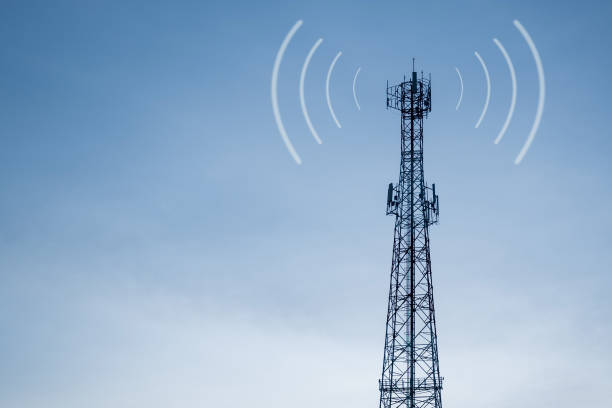Telecom Resilience: Safeguarding Networks Against Natural Disasters
In an era where connectivity is paramount, the telecommunications industry faces a formidable challenge: ensuring network resilience in the face of increasingly frequent and severe natural disasters. From hurricanes to earthquakes, these events pose significant threats to our communication infrastructure. How are telecom companies adapting their strategies to maintain vital connections when disaster strikes?

Evolving Network Architecture for Disaster Resilience
To combat these challenges, telecom companies are reimagining network architecture with a focus on resilience. One key strategy involves the implementation of distributed network designs. Unlike traditional centralized systems, distributed networks spread critical infrastructure across multiple locations. This approach reduces the risk of a single point of failure during a disaster. For instance, if one data center is compromised, others can quickly take over its functions, maintaining service continuity.
Hardening Physical Infrastructure
Physical fortification of telecom assets is another crucial aspect of disaster preparedness. Companies are investing heavily in “hardening” their infrastructure to withstand extreme conditions. This includes reinforcing cell towers to withstand high winds, waterproofing ground-level equipment, and elevating critical components above flood levels. Some operators are even exploring the use of floating cell sites that can be deployed in flood-prone areas, ensuring connectivity even when terrestrial networks are submerged.
Rapid Response and Mobile Recovery Units
Despite best efforts in prevention, some level of damage during a natural disaster is often inevitable. To address this, telecom operators have developed sophisticated rapid response strategies. Mobile recovery units, essentially self-contained network nodes on wheels, can be quickly deployed to affected areas. These units provide temporary connectivity while permanent infrastructure is repaired. Additionally, some companies are experimenting with drone-based temporary cell sites, which can be airborne within hours of a disaster, providing crucial communication links in hard-to-reach areas.
AI and Predictive Maintenance in Disaster Preparedness
Artificial Intelligence (AI) is emerging as a powerful tool in the telecom industry’s arsenal against natural disasters. AI-driven predictive maintenance systems can analyze vast amounts of data from network components, weather patterns, and historical incidents to forecast potential vulnerabilities. This allows operators to proactively reinforce or replace at-risk equipment before a disaster strikes. Moreover, AI can assist in real-time network management during a crisis, automatically rerouting traffic and optimizing available resources to maintain maximum connectivity.
The Role of Renewable Energy in Network Resilience
Power outages often accompany natural disasters, presenting another significant challenge for telecom networks. To address this, many companies are integrating renewable energy sources into their infrastructure. Solar panels and wind turbines, coupled with advanced battery storage systems, can keep critical network components operational even when the main power grid fails. This shift not only enhances disaster resilience but also aligns with broader sustainability goals in the telecom industry.
Collaborative Efforts and Industry Standards
Recognizing that disaster resilience is a shared responsibility, telecom operators are increasingly collaborating with each other, government agencies, and technology partners. Industry-wide standards for disaster preparedness are being developed, ensuring a coordinated and effective response across different networks. These collaborative efforts extend to sharing resources during crises, such as allowing customers to roam on competing networks if their primary provider is down.
The Economic Imperative of Network Resilience
Investing in disaster resilience is not just about maintaining service; it’s becoming an economic imperative for telecom companies. The costs of network downtime and infrastructure damage can be astronomical, often far exceeding the investment required for preventive measures. Moreover, as businesses and consumers increasingly rely on uninterrupted connectivity, network resilience is becoming a key differentiator in the competitive telecom market.
A More Resilient Connected Future
As natural disasters continue to pose significant threats to our interconnected world, the telecommunications industry’s focus on network resilience becomes ever more critical. Through innovative technologies, strategic infrastructure design, and collaborative efforts, telecom companies are working to ensure that our vital communication links remain intact, even in the face of nature’s most formidable challenges. This ongoing evolution in disaster preparedness not only protects critical infrastructure but also plays a crucial role in safeguarding communities and facilitating recovery efforts in times of crisis.




